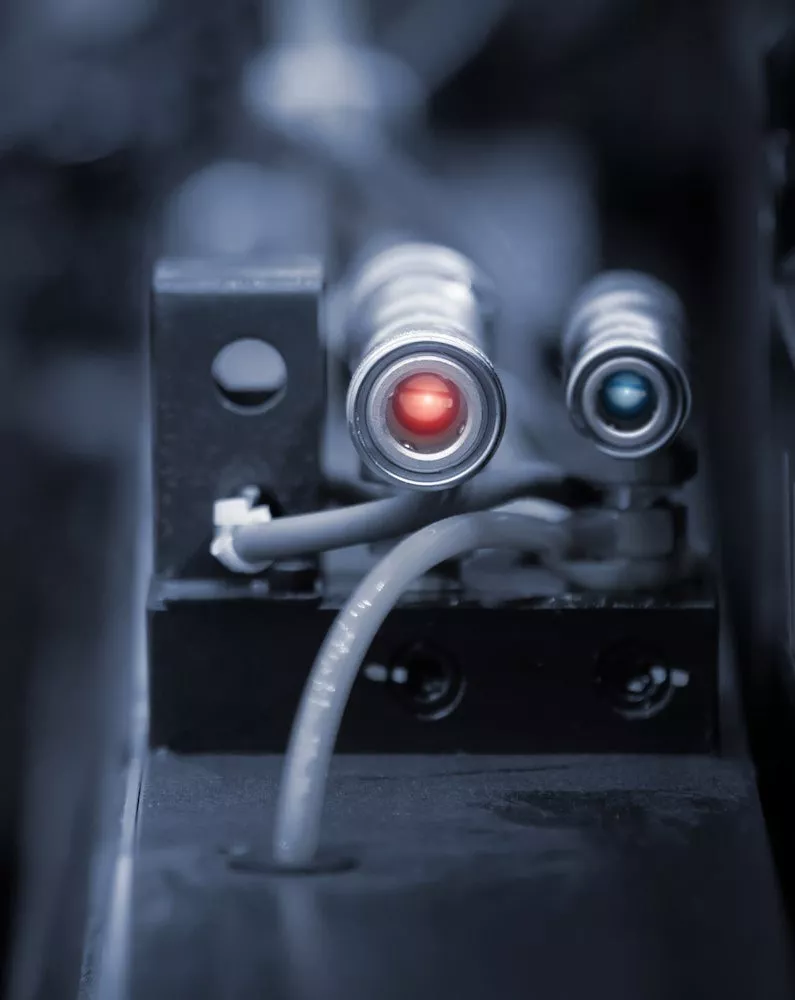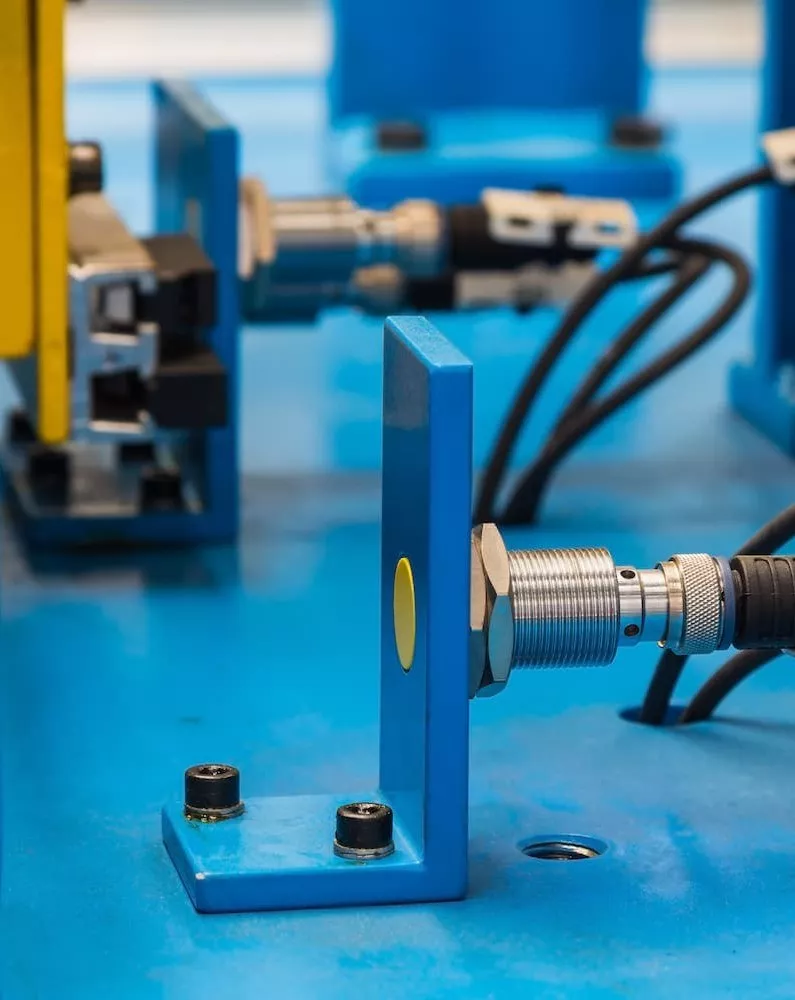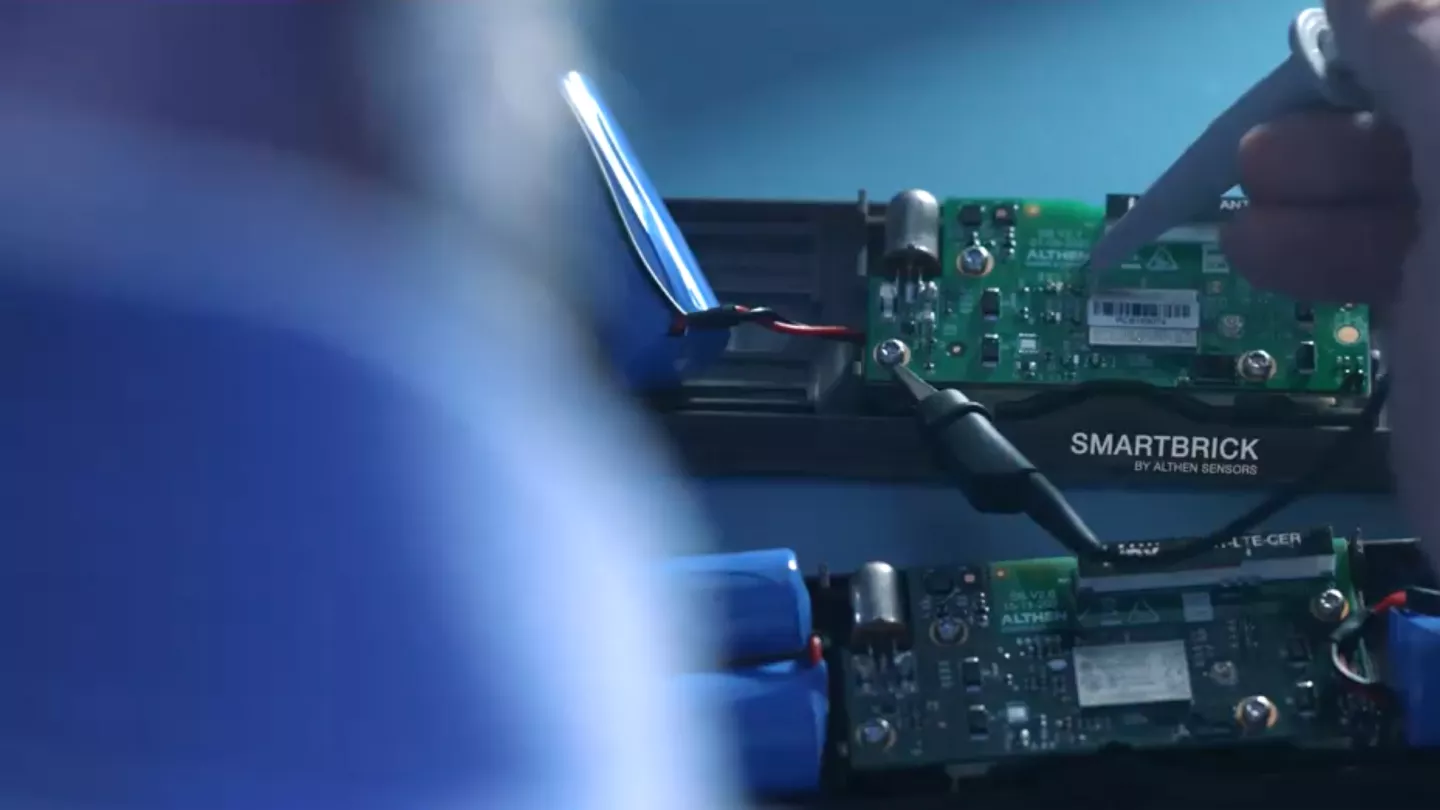Althen Smart Solutions aims at guiding clients through the process of exploring, designing, developing, and implementing IoT solutions. Each stage is aligned with different objectives and timeframes to ensure that the solution is feasible, desirable, valuable, and scalable for operational success.
Stages of your IoT journey
Our consulting approach is designed to guide businesses through every stage of their IoT journey—from initial concept to full-scale deployment. By combining strategic insights, technical expertise, and hands-on support, we ensure that your IoT solutions are not only feasible and valuable but also aligned with your business goals. Our proven, multi-stage approach enables you to explore new opportunities, rapidly prototype solutions, and successfully integrate IoT into your operations for long-term success.
Our 5 stages
IOT Consulting Approach
Stage 1: Explore (1 day)
Assess the technical feasibility, user desirability, and business value of the IoT solution while identifying the most impactful use case. This stage ensures that the solution aligns with both operational needs and strategic goals, setting a solid foundation for further development.
- Kickoff meeting: Understand the client's business needs, goals, and challenges related to IoT.
- Stakeholder interviews: Engage with key stakeholders to explore pain points, opportunities, and industry trends.
- Feasibility study: Evaluate the technical and operational feasibility of potential IoT solutions, including infrastructure requirements, data handling, and compliance.
- Desirability & value assessment: Assess how well the IoT solution aligns with end-user needs and business objectives. Identify the measurable value it would provide, such as cost reduction, efficiency improvement, or new revenue streams.
- Use case identification: Develop a strategic use case based on the insights gathered to drive forward the next stages.
- Outcome: A validated IoT use case with a high-level understanding of the technical and business feasibility.

Stage 2: Ideate (4 to 5 Days - Design Sprint)
Design and refine a concept for the IoT solution through rapid iteration and user-driven feedback. This stage focuses on creative problem-solving and collaboration to ensure the solution addresses key challenges while remaining adaptable to user needs and business requirements.
- Problem definition: Define the specific IoT problem or opportunity through structured brainstorming and collaborative workshops.
- Solution sketching: Teams create individual and collaborative sketches of potential solutions, focusing on key features.
- Rapid prototyping: (Mockups): Create low-fidelity prototypes (mockups, wireframes) to represent the IoT solution concept.
- User testing and validation: Engage potential end-users in testing these low-fidelity prototypes and gather feedback.
- Refinement: Based on feedback, refine the concept to ensure it aligns with user needs and business goals.
- Outcome: A tested concept with feedback-driven insights and a clearer path to implementation.
Whitepaper IIoT
Setting up and commissioning an IIoT solution: from selecting the platform with wireless acceleration sensors to monitoring and commissioning.
Stage 3: Prototype (1 to 2 months)
Develop a working prototype of the IoT solution to validate its functionality, performance, and technical viability. This stage allows for practical testing and feedback, ensuring the solution meets user requirements and can be refined before full-scale implementation.
- Technical blueprint: Create a detailed technical architecture of the IoT solution, defining all required components (hardware, software, data integrations).
- Prototype development: Build a working IoT prototype, focusing on the core features identified in earlier stages (e.g., sensors, gateways, cloud infrastructure, analytics tools).
- Data collection and connectivity: Establish connectivity between devices and ensure smooth data flow, including real-time data collection, processing, and visualization.
- Testing & iteration: Test the prototype in controlled environments, gather data on its performance, and iterate based on findings.
- Outcome: A functional prototype that demonstrates the technical viability and initial business impact.

Stage 4: Incubate (2 to 6 months)
Gradually scale and seamlessly integrate the IoT solution into the client's existing systems, ensuring smooth adoption while mitigating risks. This phase focuses on minimizing disruptions, addressing security and operational concerns, and optimizing performance as the solution expands across the organization.
- Pilot program: Deploy the IoT solution in a limited capacity (pilot) to a specific department, site, or process to monitor performance at a manageable scale.
- Monitoring & data analysis: Collect and analyze performance data, including KPIs like uptime, data accuracy, cost savings, and user adoption rates.
- Feedback & adjustments: Gather feedback from stakeholders and end-users involved in the pilot and make necessary adjustments.
- Risk mitigation: Address any operational risks, such as data security, privacy issues, and system stability during scaling.
- Outcome: A validated IoT solution ready for broader deployment, with insights gained from the pilot phase.
Stage 5: Operate (Ongoing)
Fully operationalize the IoT solution across the business, ensuring seamless integration and consistent performance. This stage focuses on continuous improvement, long-term support, and scaling the solution as needed to maximize value and drive ongoing innovation throughout the organization.
- Full-scale deployment: Deploy the IoT solution across the client’s organization or customer base, integrating with all necessary systems (ERP, CRM, etc.).
- Performance monitoring: Implement tools and dashboards for continuous monitoring of system performance, maintenance needs, and key business metrics.
- Training & support: Provide training to the client’s teams to ensure they can operate, maintain, and optimize the IoT system.
- Optimization: Continuously improve the solution by analyzing collected data and user feedback, introducing new features, or enhancing existing functionalities.
- Long-term partnership: Offer ongoing technical support, upgrades, and innovation roadmaps to ensure the IoT solution evolves with the client's business needs.
- Outcome: A fully integrated, high-performing IoT system that drives long-term value for the client.
To full-scale deployment
At Althen Smart Solutions, our consulting approach ensures that your IoT solution is carefully designed, tested, and scaled for maximum impact. From validating the concept to full-scale deployment, we work closely with your team to deliver solutions that are technically feasible, user-friendly, and aligned with your business goals. Ready to transform your operations and drive innovation with IoT? Contact us today to start your journey toward smarter, more connected business solutions.
Share your challenge
If you would like to learn more about how Althen Smart Solutions can benefit your operations, contact us. Our team of experts will help you with your challenge.


